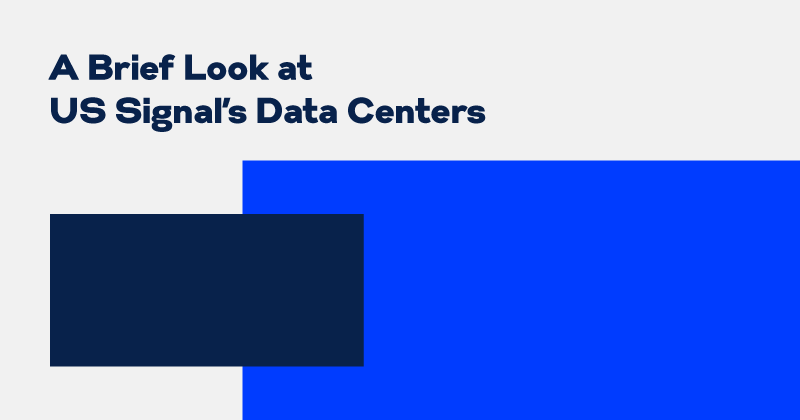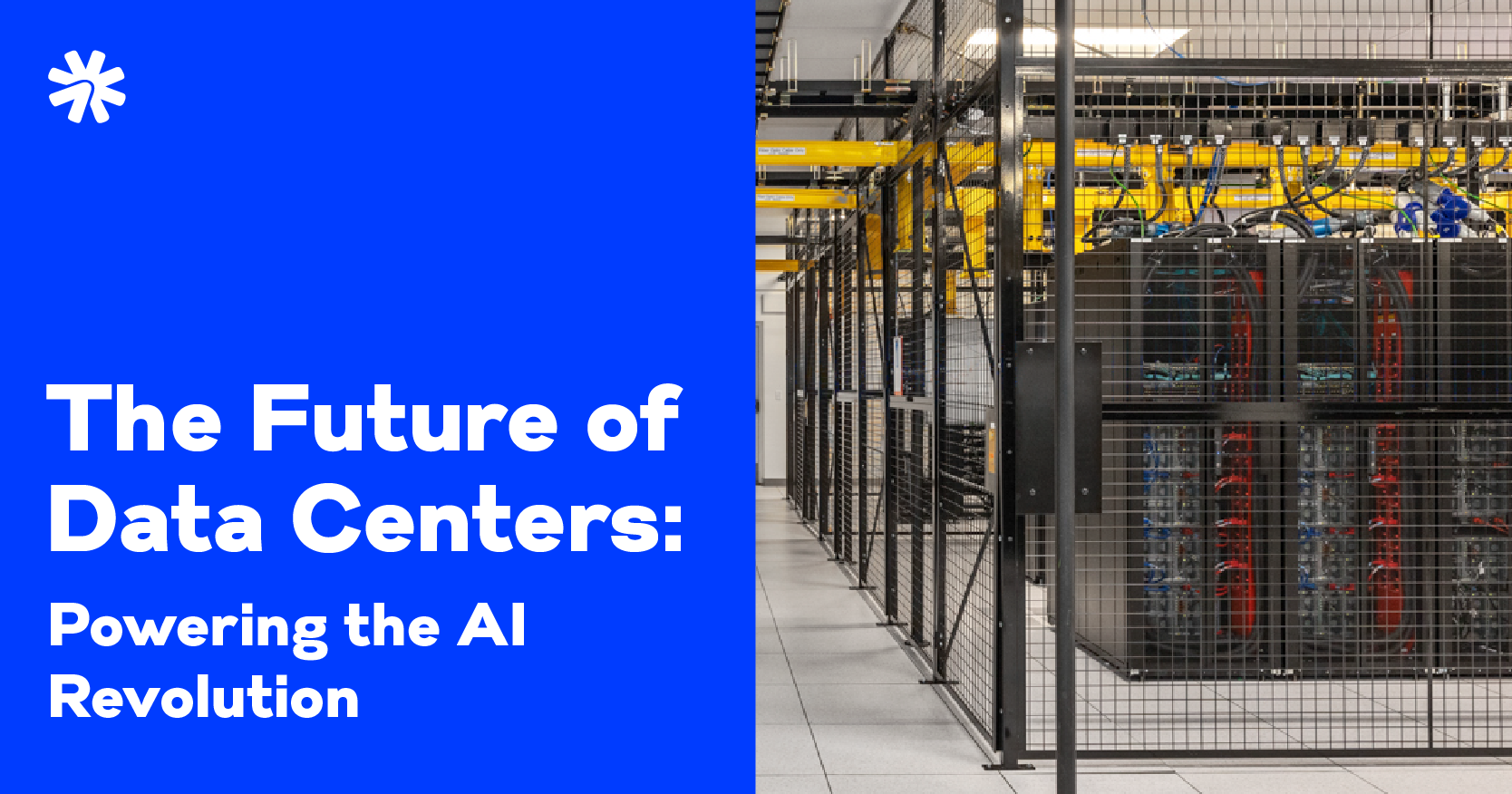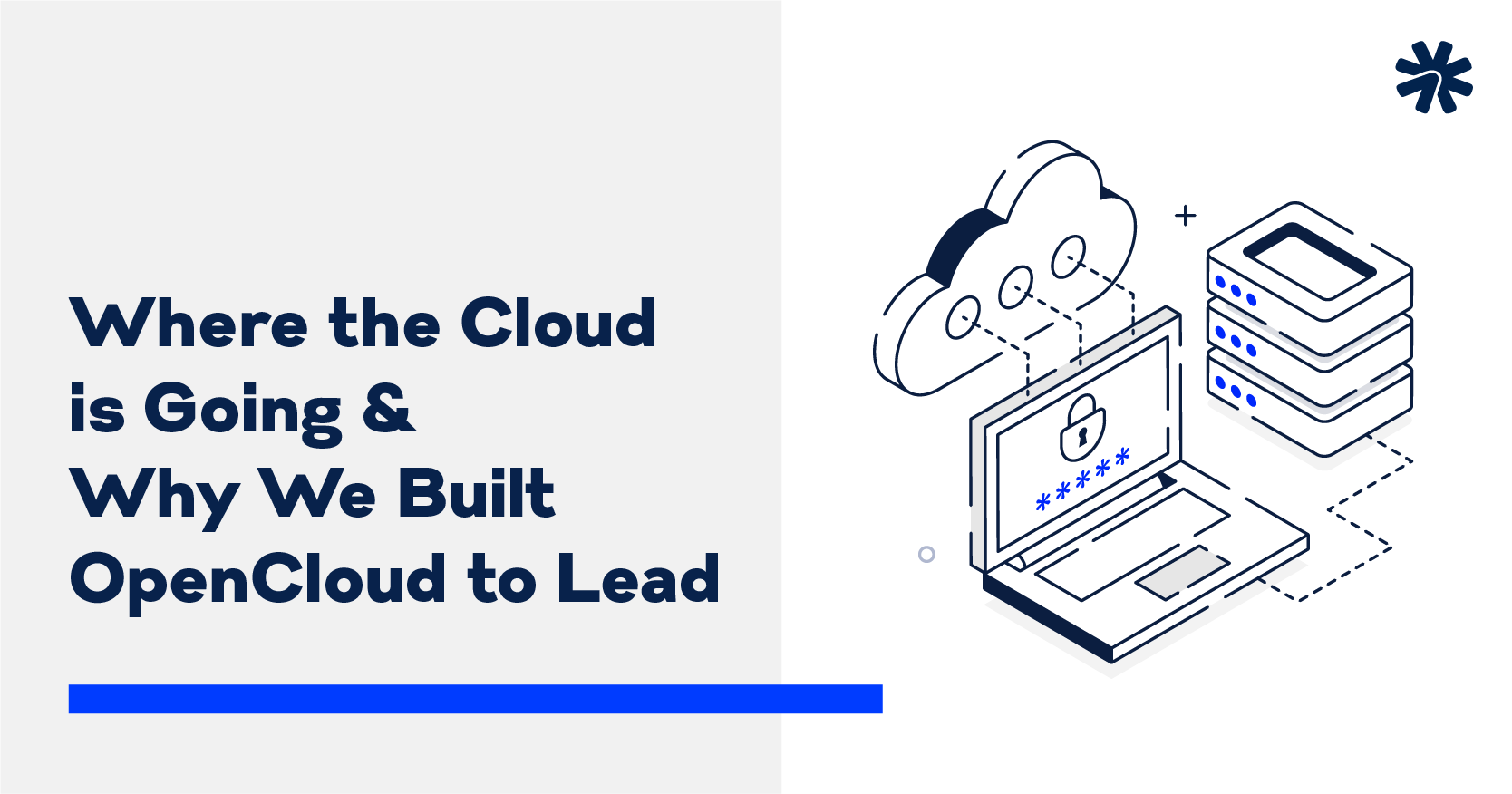A Brief Look at US Signal’s Data Centers

Updated: January 28, 2023
A Brief Look at US Signal’s Data Centers
As of January 2022, there were 2,751 data centers in the United States. Not surprisingly, that means organizations seeking colocation services have more than a few choices. So why would a business consider one of US Signal’s eight data centers ? A lot depends on the company’s specific needs.
For a Midwest-based company, having a data center that’s also in the Midwest may be optimal if that company requires minimal latency to optimally run its applications and services. If quick, convenient access to the data center for a company’s IT staff is an important factor, close proximity is a plus as well.
Midwest Location Overview
All of US Signal’s data centers are strategically located in business-friendly, mid-sized cities throughout America’s heartland.
- Michigan
US Signal has four data centers in Michigan. On the east side of the state, the Detroit Metro Data Center is conveniently located near the Detroit Metro Airport and major transportation routes in Van Buren Township. Also on the east side is the Southfield Data Center, which is centrally located in the Detroit suburb of Southfield near M-10, M-39, and M-24.
On the west side is Grand Rapids South Data Center. It’s conveniently located next to US-131 in Byron Center, a southwest suburb of Grand Rapids, Michigan. The Grand Rapids East Data Center is conveniently located near the Gerald R. Ford International Airport, I-96, and other major transportation routes.
- Illinois
With convenient access to I-88 and I-294, the Oak Brook Data Center is located in the suburb of Oak Brook, only 20 miles west of Chicago. It offers convenient access to I-88 and I-294 and is less than 20 miles from downtown.
- Indiana
The Indianapolis Data Center is one of US Signal’s two Indiana data centers. The other is the South Bend Data Center , which is connected to the Union Station Technology Center (Global Access Point) in Northern Indiana.
- Wisconsin
US Signal’s Madison data center is in downtown Madison, the capital of the state of Wisconsin and its second-largest city.
They’re all located near major transportation routes ─ the kind that makes getting to the data center quicker and that has priority for snow removal during those times of the year when snow and ice could be an issue. Plenty of alternate routes are nearby as well. They’re also near transportation hubs such as airports and bus stations. That’s important should the need arise to have equipment and personnel to be brought in for support.
Yet another advantage of the Midwest location of US Signal’s data centers: reliability. With the exception of a few blizzards, a tornado or two, and some random flooding, the Midwest is relatively free of major weather events that could knock out a data center . That reduces the chance of downtime issues.
Most of US Signal’s data centers are also at least 200 miles apart, and all are on separate power grids. That’s particularly important if a data center will be used as a disaster recovery (DR) site. The DR site needs to be far enough away from a company’s primary site to lessen the chance of a weather-related event or other type of natural disaster taking out both facilities
The Benefits of the Network
Location is obviously a key factor in selecting a data center, but what that data center offers is just as critical – if not more so. Again, US Signal’s data centers rise to the challenge, and it’s largely because of the US Signal network .
As the Midwest’s largest privately-owned fiber network, the US Signal network is comprised of 14,000 miles of fast, reliable fiber-optic connectivity. It extends throughout 10 states, including Virginia — home of the US capitol of the Internet and Ashburn’s “data center alley.”
In addition to the eight data centers in key Midwest cities, the network is connected to metro rings in 20 Midwest markets and offers access to over 225 data centers and POPs, and redundant Tier 1 peering relationships. Here are a few highlights of the network’s features and benefits:
- Multiple paired-core routers with diverse paths to the Internet, including diversity from Chicago, Illinois; Ashburn, Virginia; Indianapolis, Indiana; and Detroit, Michigan
- Redundant paths to the Internet via diverse locations to avoid single geographic points of failure like Chicago, Illinois
- Reliable and robust Cisco-powered optical transport networks connecting over 250 sites in eight states (99.999% availability SLA)
- 100 GB-capable DWDM routes; 200 GB and 400 GB trunks with multiple 100 GB customer handoffs on selected routes
- Option to protect primary point-to-point DWDM circuits with a geographically diverse backup circuit to protect critical high bandwidth circuits
- Multiple access options to meet needs for flexibility and scalability including direct Tier 1 peering, cloud exchanges, full-rate GigE External Network to Network Interface (ENNI)
- Carrier-neutral data centers with meet-me-rooms (MMRs) and carrier hotels/peering exchanges in 50 third-party data centers with participation in five peering exchanges
- Cloud and ethernet exchanges via Equinix Cloud Exchange™ and other large neutral data centers
- Direct network access to multiple hosted partner applications housed in US Signal data centers and US Signal cloud
- Protected Metro fiber rings in 20 Midwest markets
- The ability to utilize Carrier Ethernet and MPLS protocol for fast recovery and low-latency data transmission
For companies doing business in the Midwest, US Signal puts reliable, fast, far-reaching network services at their service. Plus, with total control over its network, US Signal can ensure both network security and reliability.
Around-the-clock monitoring and troubleshooting by the US Signal Technical Operations Center (TOC) help stop issues before they ever occur, while cloud-based, managed firewalls and other measures and protocols help keep the network fortified and protected from existing and emerging physical and cyber threats.
The Cloud-to-Data Center Connection
Yet another benefit: US Signal can draw upon its extensive experience to create network services to meet the specific application and security needs of its customers — from basic Internet access to a fully meshed MPLS network. For example, customers that require fast secure, dedicated access between their IT assets and US Signal public cloud resources, can opt for a Cloud-to-Data Center (CDC) connection . CDC connections are available to customers with collocated IT assets housed in the same US Signal data center as their US Signal public cloud service.
The service employs a redundant topology that allows links that are physically connected to two different edge switches to appear as a single connection to your equipment. The customer’s gear can be a switch, server, or any other networking device that accepts 2 x 1Gbps or 2 x 10Gbps optical connections. The CDC connection provides optic and switch redundancy while stretching customers’ Layer 2 network from their collocated gear and virtualized resources with US Signal.
The Rest of the Story
To get the full story about US Signal’s data centers, where they are, and what they offer, visit https://ussignal.com/data-centers. Interested in touring our state-of-the-art data centers? contact us to schedule a tour today!



